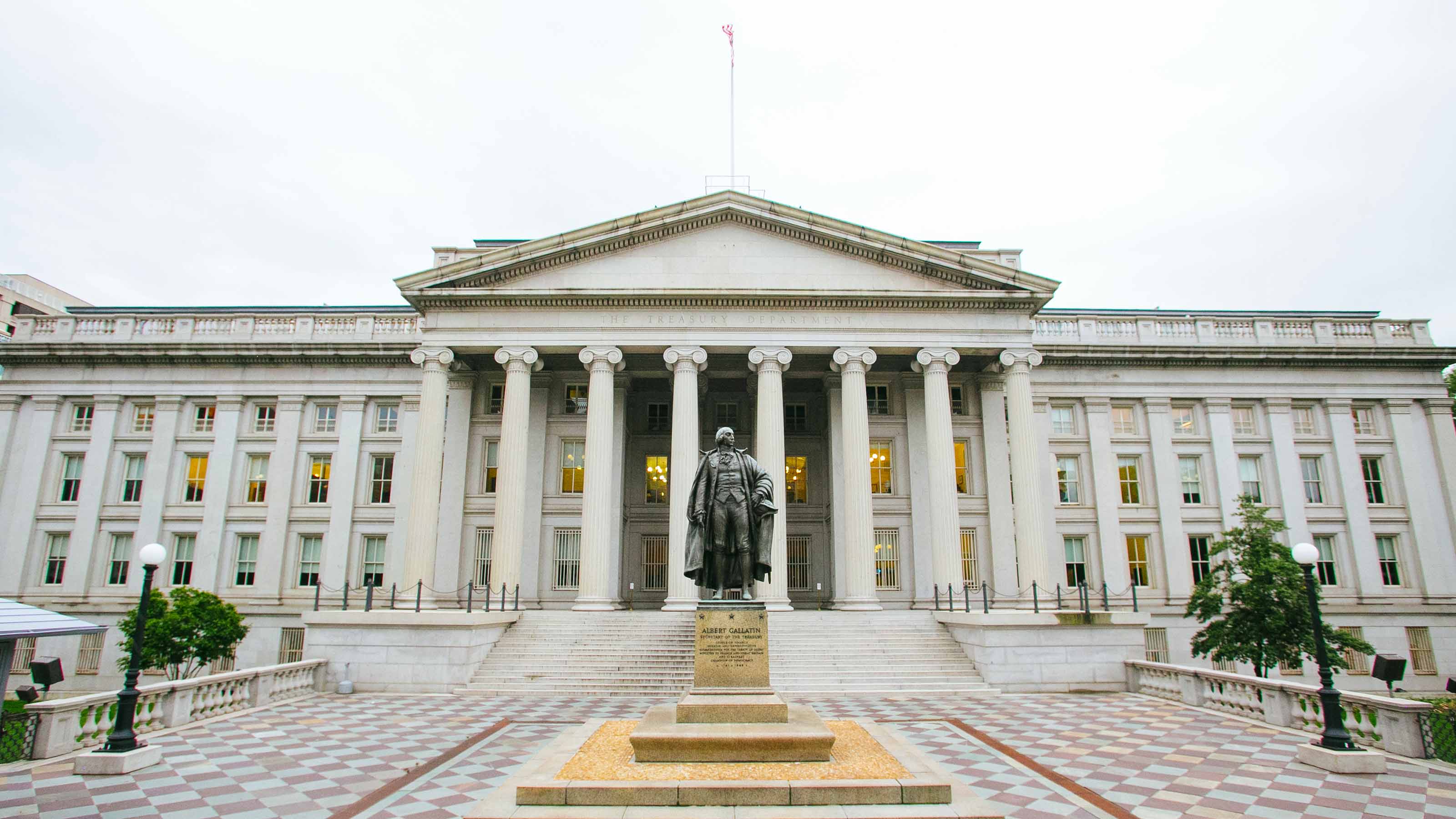A Preference for Preferred Stocks
Many preferred shares offer better current yields than junk bonds issued by companies with lower credit ratings.

During the financial crisis, regulators prevailed upon BB&T (symbol BBT), the nation’s 12th-largest bank, to chop its common stock’s 47 cent quarterly dividend by more than two-thirds. The shares, which had been as high as $45 in 2008, bottomed at $11 in early 2009. But long-term investors properly counted on BB&T to outlast the downturn with its independence and marketing muscle intact. All the while, the Winston-Salem, N.C., company remained profitable. And this spring, for the first time since the Great Recession, BB&T’s stock crossed $40.
Special Report: Investing for Income
Although BB&T has raised its payout a few times since the crisis, it will be many years before the dividend, now 23 cents a quarter, returns to its prerecession level. So why would I call BB&T a splendid income investment with a capital-gains kicker?
The answer: I’m not talking about its common stock. I’m betting on the bank’s preferred shares. And it’s not just BB&T’s preferreds that look attractive. I could say the same about preferreds from dozens of banks, insurers and real estate investment trusts. Many preferred shares trade below their offering prices (typically $25 per share) and offer better current yields than junk bonds issued by companies with lower credit ratings.
From just $107.88 $24.99 for Kiplinger Personal Finance
Become a smarter, better informed investor. Subscribe from just $107.88 $24.99, plus get up to 4 Special Issues

Sign up for Kiplinger’s Free Newsletters
Profit and prosper with the best of expert advice on investing, taxes, retirement, personal finance and more - straight to your e-mail.
Profit and prosper with the best of expert advice - straight to your e-mail.
Preferred stocks pay fixed dividends, which may or may not qualify for favorable tax treatment. Prices bop around daily in response to interest-rate gyrations because preferreds are bondlike securities. But unlike bonds, few preferreds ever mature.
Beyond the fixed dividend rate and the yield, the key number for preferreds is their $25 issue price. That’s the price at which the issuer can redeem, or call, the shares, generally starting five years after their issuance. If you pay more than $25 a share, expect to lose principal. Buy at less than $25 and you will realize a gain upon redemption or, if the issuer never redeems, receive a better yield than you would have received had you bought the preferred when it was issued.
BB&T has four preferred issues: Series D, E, F and G. Tickers are BBTPRD, BBTPRE and so on. Standard & Poor’s gives all four issues an investment-grade rating of BBB, and their dividends qualify for favorable tax treatment. As of April 4, the prices of the four preferreds ranged from $20.92 to $23.69, and their yields to call (that is, what you would earn in income and appreciation if BB&T were to redeem an issue at $25 per share as soon as it could, in 2017 or 2018) ranged from 8.0% to 10.9%.
Muted risks. These numbers are so compelling that I ransacked my library and called some sages for perspective. I found boilerplate about the risks of inflation, rising interest rates and default. But inflation is minimal, and if you sense rates getting ready to surge, you can sell a preferred as easily as you can a regular stock. As for default risk, yes, it’s true that the claims of bondholders precede those of preferred investors in case of bankruptcy. But investing involves making choices between risk and reward; in this case, with BB&T bonds due in 2018 yielding a mere 2.1% to maturity, the preferreds clearly look like a better choice.
To make sure I wasn’t suffering from irrational exuberance, I checked in with strategist Larry Swedroe. He dissed preferreds in a 2006 book about bonds, arguing that he could not endorse any security without a known maturity. He still thinks that way. In investing, “there’s no free lunch,” he intoned when I asked what’s wrong with trying to turn $20.92 today into a likely $25 by 2018 while collecting fat dividends to boot. But he did approve of using low-cost exchange-traded funds to own preferreds. My two favorites: iShares U.S. Preferred Stock (PFF, yield 5.8%) and PowerShares Preferred (PGX, 6.4%).
Profit and prosper with the best of Kiplinger's advice on investing, taxes, retirement, personal finance and much more. Delivered daily. Enter your email in the box and click Sign Me Up.

Kosnett is the editor of Kiplinger Investing for Income and writes the "Cash in Hand" column for Kiplinger Personal Finance. He is an income-investing expert who covers bonds, real estate investment trusts, oil and gas income deals, dividend stocks and anything else that pays interest and dividends. He joined Kiplinger in 1981 after six years in newspapers, including the Baltimore Sun. He is a 1976 journalism graduate from the Medill School at Northwestern University and completed an executive program at the Carnegie-Mellon University business school in 1978.
-
 How to Avoid the Financial Quicksand of Early Retirement Losses
How to Avoid the Financial Quicksand of Early Retirement LossesSequence of returns — experiencing losses early on — can quickly deplete your savings, highlighting the need for strategies that prioritize income stability.
-
 How an Elder Law Attorney Can Help Protect Your Aging Parents
How an Elder Law Attorney Can Help Protect Your Aging ParentsIf you are worried about older family members or friends whose financial judgment is raising red flags, help is out there — from an elder law attorney.
-
 Q4 Post-Mortem From an Investment Adviser: Year of Resilience
Q4 Post-Mortem From an Investment Adviser: Year of ResilienceFinancial pro Prem Patel shares his take on how markets performed in the fourth quarter of 2025, with an eye toward what investors should keep in mind for 2026.
-
 What Fed Rate Cuts Mean For Fixed-Income Investors
What Fed Rate Cuts Mean For Fixed-Income InvestorsThe Fed's rate-cutting campaign has the fixed-income market set for an encore of Q4 2024.
-
 The Most Tax-Friendly States for Investing in 2025 (Hint: There Are Two)
The Most Tax-Friendly States for Investing in 2025 (Hint: There Are Two)State Taxes Living in one of these places could lower your 2025 investment taxes — especially if you invest in real estate.
-
 The Final Countdown for Retirees with Investment Income
The Final Countdown for Retirees with Investment IncomeRetirement Tax Don’t assume Social Security withholding is enough. Some retirement income may require a quarterly estimated tax payment by the September 15 deadline.
-
 Dividends Are in a Rut
Dividends Are in a RutDividends may be going through a rough patch, but income investors should exercise patience.
-
 Why Investors Needn't Worry About U.S. Credit Downgrade
Why Investors Needn't Worry About U.S. Credit DowngradeFitch Ratings The United States saw its credit rating downgraded for just the second time in history, but experts aren't worried about the long-term damage to stocks.
-
 Municipal Bonds Stand Firm
Municipal Bonds Stand FirmIf you have the cash to invest, municipal bonds are a worthy alternative to CDs or Treasuries – even as they stare down credit-market Armageddon.
-
 High Yields From High-Rate Lenders
High Yields From High-Rate LendersInvestors seeking out high yields can find them in high-rate lenders, non-bank lenders and a few financial REITs.
-
 Time to Consider Foreign Bonds
Time to Consider Foreign BondsIn 2023, foreign bonds deserve a place on the fringes of a total-return-oriented fixed-income portfolio.